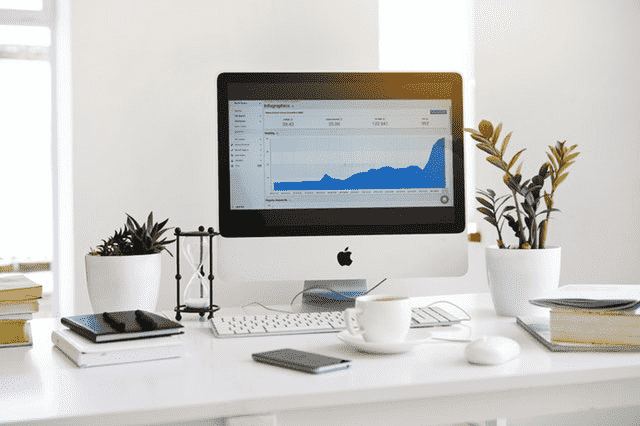is it effective?
No
Solar panels are typically placed on the roof in a single plain and for those who have solar this is NOT optimal. the reason being that the charge of a battery or worse still the grid tied cannot benefit the system or the user because of the power curve.
Imagine a graph with time on the x-axis and power output on the y-axis. The solar power curve for your south-facing roof panels would resemble a bell curve. Here’s a breakdown:
- Sunrise: Power output starts low as sunlight intensity is weak.
- Midday: The curve reaches its peak during the midday hours when the sun is directly overhead (assuming clear skies). This is when your panels generate the most power.
- Sunset: Power output gradually decreases as the sun dips lower in the horizon, reaching zero at sunset.
Factors Affecting the Curve:
- Season: In summer, with longer daylight hours and a higher sun angle, the curve stretches wider, with a higher peak and longer periods of high power generation. Conversely, winter has shorter days and a lower sun angle, resulting in a narrower curve with a lower peak and shorter high-power generation periods.
- Weather: Cloud cover significantly reduces power output, causing dips in the curve. Rain or snow can have similar effects, flattening the curve.
- Temperature: While sunlight triggers electricity generation, excessive heat can reduce panel efficiency, causing the curve to dip slightly.

Battery Charging in Relation to the Curve:
- Matching Supply and Demand: Ideally, you’d want your battery charging to coincide with the peak of the solar power curve. This maximizes the amount of solar energy stored for use during off-peak hours (nighttime or low sunlight periods).
- Charge Controller Role: A solar charge controller plays a crucial role. It monitors both the solar panel output and battery voltage, ensuring the battery is charged safely and efficiently. It regulates the charging current to prevent overcharging, especially during peak solar power generation.
- Battery Capacity: The size of your battery bank impacts how much solar energy you can store. A larger battery can absorb more power during peak generation, potentially flattening the solar power curve visually as it charges.
Easterly:
Battery charging during peak sunlight hours if you have been charging in the mornings slows as the pack reaches saturation, therefore those on batteries will be better off with a easterly facing panel arrangement, this will advance the peak of the solar panels forwards, (16 degrees is one hour).
The down side for this is that the sunset time will also advance and with the cloud condition’s being variable throughout the day, its a gamble over all. However data shows that westerly has a higher rate.
To make it more complex as the battery charges the current it requires lowers, so you could lower the power input, however the load typically increases.

PV grid – and profiting:
Modification of Azimuth One useful way to improve the adaptation of PV generation to the load profile is getting away from the strictly southern orientation of photovoltaic generators. While the southern orientation allows the highest annual energy yield and secures maximum profitability for fixed feed-in tariffs, the actual prices on the electricity spot market are in favor of solutions that would avoid maximum generation at solar noon and instead shift PV power supply to the morning and evening (see Fig. 2) or winter hours (see Fig. 5), with the corresponding higher prices on the spot-market. 2.2 Selective optical structures The use of angular-selective anti-reflection layers or structures [2] would allow to reduce optical reflection particularly in the morning and in the evening. With that measure, a slightly higher PV power output (about 3-4 %) would be available during periods with flat incidence angles and high spot market prices from 9 to 10 am (red area in Fig. 3), via surface V-structures as shown in Fig. 4. A V-structure with an opening angle of 90° is giving most additional transmission during that period. 2.3 Modification of tilt angle A steeper array elevation angle reduces undesired large PV power differences between summer and winter months. An increase to 60° would capture winter sun better, and throttle oversupply during summer, as shown in Fig. 6.

LINK to full article.
As you can see the difference of off setting or multiple arrays makes a bigger difference to how power is delivered to your home, the grid and to the battery. if you have a grid tied system then a east west array would benefit you more than a south facing, but to be more accurate you would need to look at your loads across the day to benefit.
We have covered this in summary in our tilt and angle post as well as our atmosphere and other posts on the subject. it is not about maximum power, but the best power to suit your need at the right time… as long as the weather plays along of course.

No responses yet